Design Sprints Workshops
Design Thinking| Facilitation | Digital Transformation | Product Innovation | Workshops
Intro
During my career as UX practitioner I had the privilege to help many organization to innovate, enhance and in some occasions completely change their operations. Using design thinking methodologies is a common practice to involve all stakeholders in transformative activities to ensure success, efficiency and real impact within large and small teams alike.
Some of the clients I helped include:





To deliver such workshops, I often worked in diverse teams creating customized innovation programs to meet specific business challenges, directed towards resolving technology challenges or improving customer experiences. Most of the time the composition of a team to deliver these changes at speed (one week or so) would comprise:



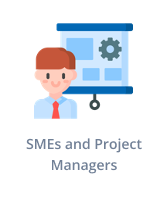
Why doing a design sprint workshop?
The reasons behind running a workshop might vary but, essentially is all about helping clients to quickly move from concept to design through to prototyping, in particular:

Idea generation
Using best practice ideation sessions. Shortlist most promising ideas for progression

Design led innovation increases the likelihood of finding breakthrough solutions + delivering best-in-class digital experiences

Using dedicate sessions to explore the “art of the possible” and gauge technology constraints of the prototype
Typical activities
The range of activities in design thinking workshops can vary a great deal, but the limited selection below can offer some clarity of what the most common ones are. By all means this representation is not exhaustive. The client representatives commitment in time and number could be, limited, in green or more significant, in orange.

A good starting point to explore possible flows and solutions to the business problem at hand

A clickthrough prototype that would replicate the flow of the actual build to start user testing and gather feedback

A series of exercises to define user journeys, personas, ecosystem maps and more, to bring alignment among the stakeholders.

A deep dive into the technical feasibility of the solution, possible integrations, and technology requirements

These sessions would shed light on the financial feasibility and roll out of the digital solution

A dedicated workshop to craft the right narratives and sharp Customer Value Proposition for fund raising and similar activities
The longest, ideal option: one week design sprint
During my tenure at Mastercard, I had the privilege to run workshops for large banks and other financial organizations. The most common type of engagement was a one week long, intense, design sprint. Prior this type of workshop the client was engaged multiple times, to finalize the intended outcome of the workshop thru the completion of an Innovation Brief, of which I will give an example later. After careful planing and many discussion with the business lead(s) from the client side, a design sprint workshop plan would similar to this:
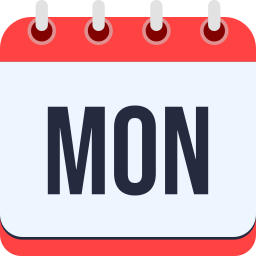
Objective
Begin Initial design of desired high level solution
Activities / Exercises
✸ SME presentations, Market Trends
✸ Stakeholders and Empathy Mapping
✸ User Personas Creation
✸ Define success
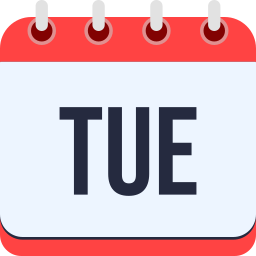
Objective
Create many potential solutions to problems before defining solution
Activities / Exercises
✸ Journey Mapping
✸ HMWs prioritisation
✸ Prototype interface design
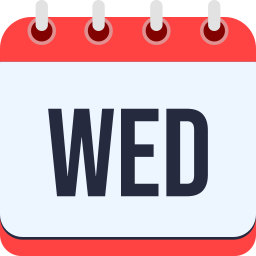
Objective
Developing of assets that can be shared with customer and client senior leaders
Activities / Exercises
✸ Prototype Build
✸ Product CVP Discussion
✸ Pitch Deck creation
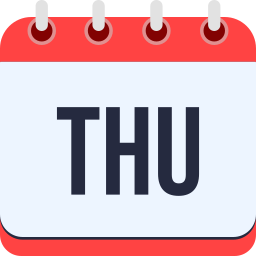
Objective
Deep dive into the detailed design of proposition by iterative prototyping
Activities / Exercises
✸ Story Boarding
✸ Prototype interface design
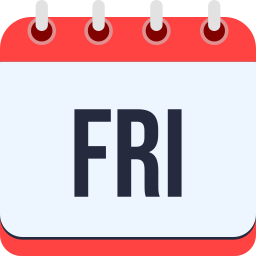
Objective
Test the newly created proposition with customers and/or C levels to get feedback
Activities / Exercises
✸ Elevator Pitch
✸ Product Prototype demo
Rest assured, the plan jotted above is flexible, and it would be tailored up to the company and whatever outcomes have been discussed and agreed with all the senior stakeholders. In my experience, design sprints can play a significant role in accelerating the digital innovation within organisations.
Design sprints are best beneficial for organizations in need of:
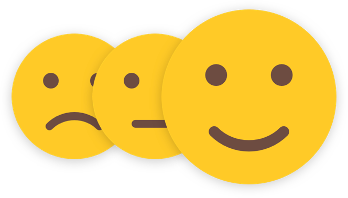
enhance
current user experience
Ex: Your have many functionalities in your current mobile app yet NPS scores are low as it fails to deliver those features in simple and playful fashion

Ex: You want to be the first among your competitors to bring a fulfilling automated experience in the market but do not know where and how to start

Ex: You want the existing paper-based and branch/call-center focused claims journey to be digitized through your portal
The client sprint team is ideally between 6 / 8 people
Representatives for the week (or for the longest package possible):
Product Knowledge.
Representatives from the product management team will be key. These are the people who know what they are trying
to build and why.
Marketing.
Someone who can give the most insights into the market, customer needs and competitive offerings and can help
frame the messaging behind any new products/services/features.
Technical Knowledge.
The tech guru who has an understanding of all technical aspects of the current client offering and can ensure that any ideas the sprint team develop is to some degree feasible in the client environment.
User Expert / Designer.
The person on who has the most direct contact with your customers often has great input being the expert on your customer needs and wants.
Key Roles:
Executive Sponsor.
This is the key decision-maker for the client regarding the area the event is focused on. If they participate for the full week they will have a sense of ownership and there is more possibility of the concept moving forward. They will be the ultimate owner of the outputs from the sprint.
Engagement Lead.
This person acts as the main liaison with the workshop team to help coordinate the engagement & ensure the project is on schedule. They will also be responsible for collating client data for the fact book & completing the ‘innovation brief.’
The Innovation Brief
This would be the first document to be shared with a client or a prospect, to start organizing ideas around the need for an innovation workshop. In essence its a series of questions that are supposed to help distilling the thinking around a particular problem:
- Why do you want/need to run an innovation event?
- What have you observed/learnt to decide that there is a problem?
- Why is this a problem for your business and/or the customer?
- Who is the customer? Describe the customers that are being affected by this problem that you want to help.
- If this problem was solved why would it be good for this customer?
- What are this customer segment’s fundamental needs?
- If this problem was solved why would it be good for your business?
- Do you have an existing service/ product that is currently trying to tackle the problem?
- Is there an existing solution/offering you admire that is attempting to solve the problem?
Innovation Challenge Statement
In your own words and in no more than two sentences: Describe the problem statement that you wish to solve for and why?
Sample HMW statements:
How might we deliver a different way of paying for credit card purchases through offering an instalment based flexible repayment option enabling users the flexibility of using a card with the security of loan?
How might we create a digital product aimed at patients which is linked to their clinical history through an app and which provides chronic disease management in an engaging manner?
Define Success
What would be a successful result for you at the end of the week/workshop duration?
The definition of the problem will be the focal point of all the problem-solving efforts. Therefore it makes sense to devote as much attention and dedication to the problem definition as to the solutions that will follow. Every problem is an opportunity for design. By framing your challenge as a “How Might We” question, we set ourselves up for an innovative solution. We use the How Might We format because it suggests that a solution is possible and because it offers us the chance to answer in a variety of ways.
Why HMW?
The statement ‘How Might We…’ works due to simple semantics:
- ‘How’ assumes that there are solutions out there, so it provides confidence.
- ‘Might’ suggests that the group can put ideas out there that might work or might not – either way it is ok.
- ‘We’ suggests the group is going to do it together and build on each other’s ideas.
I always look forward with enthusiasm, to collaborate with organisations which are keen to improve their products, processes and services, either as a full time member of staff or as a contractor.
